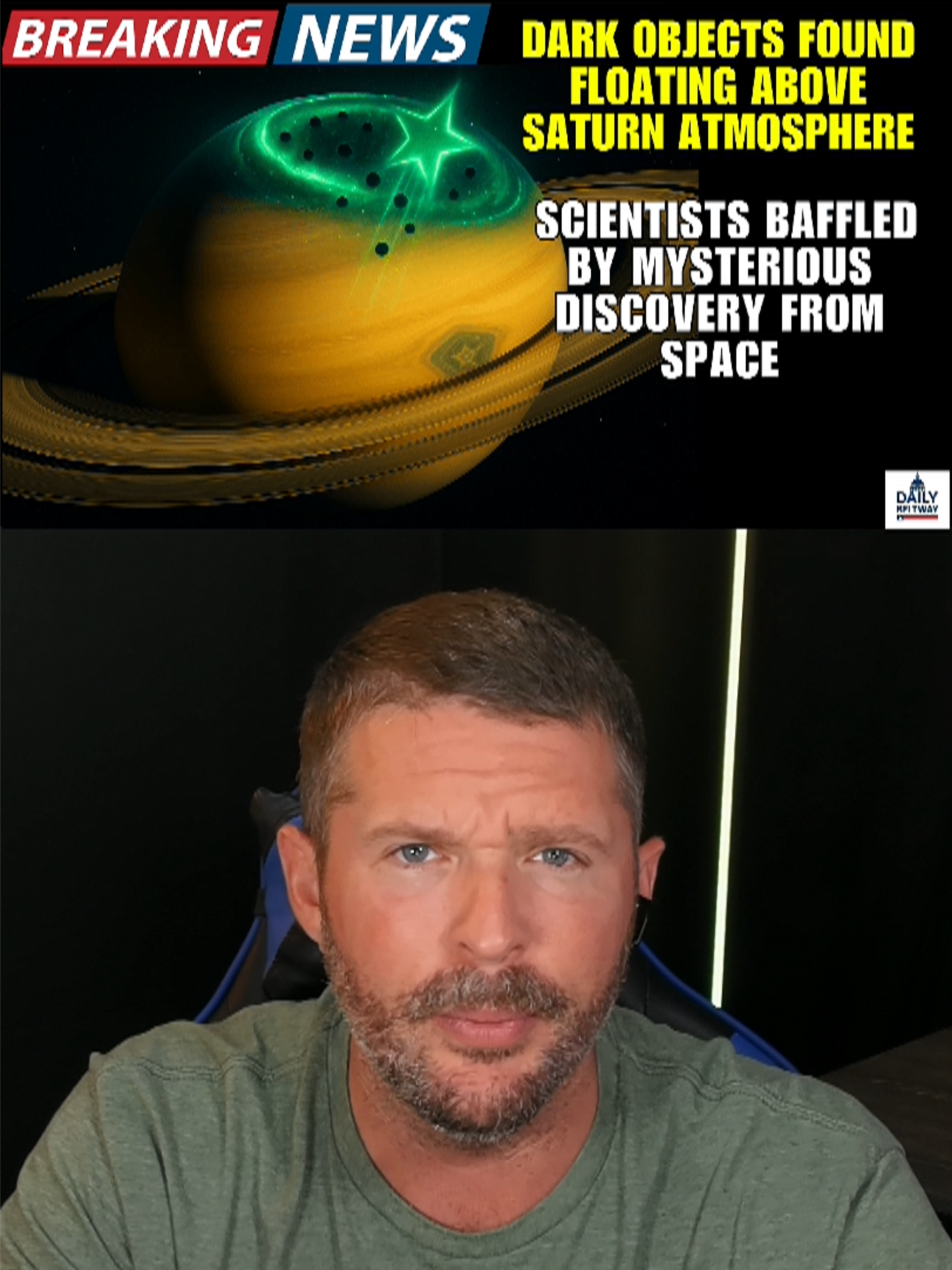Su Visecret Bra✨
Region: VN
Monday 15 April 2024 17:23:58 GMT
394127
1767
66
170
Music
Download
Comments
Đặng Thị Diệu Linh :
Đặt hàng như thế nào vậy ạ chị ơi?
2024-04-15 20:06:10
0
Nguyễn Hoàng nhật Vi :
Mua bằng cách nào ạ
2024-04-17 13:16:27
0
Nguyên Thảo :
xin gia
2024-04-16 08:11:53
0
Mẹ em bé Dưa Hấu ❤️ :
Có ai như mình ko? Siết chặt thì khó thở.mà siết vừa thì nó tụt 😂
2024-04-20 04:29:36
0
Thuýy🌷 :
hết sz 32 r ạ c🥺
2024-04-16 02:11:53
0
kimm ngọcc🍒 :
muốn mua phải làm sao
2024-04-17 04:28:12
0
Linh :
@Đào Văn Thức
2024-04-18 10:45:37
0
ib12334_678 :
E 80 size giè ạ
2024-04-21 16:21:53
1
kimchihq :
size 36 là S hay M vậy shop
2024-06-12 05:46:07
1
Tiên béo bụng :
Hết size r shop ơii
2024-04-22 05:16:48
1
Tiệm mẹ Dâu ChangBi :
Xin link mua quần giống b
2024-06-11 16:31:12
0
Cô Thắm 73 :
size s la bình thường size gi. c
2024-06-14 13:25:24
0
Cô bé sự kiện💃🏻💃🏻💃🏻 :
Hết size 32 r shop😅
2024-04-22 04:03:09
0
siren :
dạ màu nào mặc áo trắnggg ko bị lộ màu ạ?
2024-06-13 04:05:00
0
Pé pự :
ib e với ạ
2024-04-27 01:50:13
0
Ngọc Mẫn🖤(𝐵𝑜̂́𝑖𝐵𝑜̂́𝑖)🖤 :
Hết đen roài 🥺🥺
2024-04-29 07:01:00
0
Bảo Ngọc :
Có đen sz 32 ch ạ
2024-05-01 13:13:29
0
sen310895 :
Tui xin link sét đồ b mặc nha tu có hỏi bà trên live á
2024-05-04 07:55:43
0
n.huyen184 :
32 hết ạ
2024-05-06 07:45:35
0
_suachuadau_ :
Phần viền sau lưng có dày ko ạ mình sợ bị lộ viền áo sau lưng
2024-05-06 09:40:17
0
🌵ThAnH🪷HưƠnG🌵 :
Tv mình ngực 36 dùng sezi nào ạ
2024-05-23 07:01:57
0
Mẩy Phùng :
có s 36 k à
2024-05-25 05:30:41
0
Ngg Linh :
@truclyy nè
2024-05-29 14:44:33
0
Igelchen :
@ㅤㅤㅤcái này ok hone nè
2024-06-11 14:19:11
0
bích tuyền♡ :
Tui v1 hơn 100, tìm mãi k có áo nào ôm v1 mà k tụt á. cứu tui
2024-06-11 14:40:01
0
uống được 🍻 đổi tên :
hết size 32 lẹ quá c ui e săn hong kịp ☹️☹️
2024-04-16 18:31:50
0
Huyền Vô :
vòng 1 mình thường mặc áo size 34, vậy mình mua size nào vậy bạn. Có cần tăng size như 1 vài áo khác để form đẹp hơn không bạn
2024-06-15 18:55:42
0
Kim Ngân :
ib
2024-06-16 10:53:25
0
😤😤 :
Mua đi mấy bà . Kh hối hận đâu . Tui mua ngoài chợ mà quá oke mua màu da nha .
2024-06-16 12:31:42
0
capheen3 :
áo có gọng ko shop
2024-06-17 04:53:04
0
フイン ヒエウ :
Có cần đặt tuộc xuống 1 size hg ạ
2024-06-18 05:40:29
0
bánh phồng tôm :
Trái to đc ko shop
2024-06-20 13:25:59
0
Ngọc Ánh🍦 :
size34 thì size nào ạ
2024-06-20 14:47:23
0
Trinhđayyy :
86 size gì á bạn
2024-06-21 10:55:41
0
huyền nguyễn thanh :
34 là size S hay M ạ
2024-06-22 07:35:03
0
Lingg nè :
E k thấy giỏ hàng luôn
2024-06-24 17:14:53
0
quynnhkem :
Hay mặc size 38 chọn size nào ạ
2024-06-25 12:59:59
0
Minhchau.97 :
@Đăng Giang ngta mặc đẹp mk mặc haha
2024-06-26 12:15:13
0
Phương dung :
Màu nào mặc áo trắng không bị lộ vậy shop
2024-06-27 15:24:28
0
Tyny :
80 mặc size gì ạ. chủ yếu mỡ lưng k à chứ lép 🥺
2024-06-28 16:53:00
0
hynhỏ1996@ :
32 có hk
2024-06-29 14:51:58
0
Tiệm Của Nhung :
áo này đỉnh lắm ạ
2024-06-30 15:22:44
0
d :
pass size 34 chưa mặc lần nào ạ
2024-07-01 02:12:08
0
Thuy Diem :
tui 54kg. mặc size nào vậy bạn?
2024-07-01 06:03:15
0
To see more videos from user @suvisecretbra, please go to the Tikwm
homepage.





